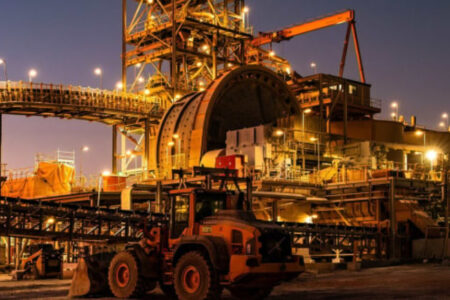Australia is Set for a Tsunami of Road and Rail Projects
BIS Oxford Economics latest forecasts shows that the expected overall dollar value for construction work done on civil and engineering projects will surge from $88.7 billion in 2019/20 to almost $120 billion by 2022/23.
The rebound is said to be driven by unprecedented levels of spending on road and rail infrastructure.
The BIS expects activity on transport infrastructure to increase from $30.7 billion in 2019/20 to reach a peak of almost $50 billion by 2022/23.
BIS Oxford Economics Principal Economist Nicholas Fearnley stated that the boom in transport construction which is expected to take place over coming years will differ from an earlier boom experienced in around 2012 and 2013. That earlier boom was mostly funded by the private sector and was concentrated within regional areas and associated with the mining boom and a need to transport commodities from mines to ports and export markets.
This coming boom is said to be driven by public projects and is concentrated primarily within cities – mostly on the east coast.
Fearnley said the country is expected to surge past the mining boom and majority of the work is going to be funded by the government and to be done in population centres. Road construction activity will ramp up further as the next wave of projects such as Victoria’s North East Link and the NSW Western Harbour Tunnel and Beaches Link kick into gear.
Activity will primarily focus on major highway, arterial and toll road projects; work on local roads and subdivisions will remain relatively constant.
The biggest story, however, is in rail, where the dollar value of work done is set to double thanks to a raft of major city works along with the Inland Rail freight line between Melbourne and Brisbane.
Apart from the upcoming projects, Fearnley also talked about significant opportunities in maintenance, which has been a useful stimulus tool during the pandemic as it can be rolled out more quickly than new projects. Stimulus benefits associated with maintenance can be spread across locations and can benefit larger numbers of localized contractors.
Longer term, Fearnley says there will be opportunities in transport maintenance as the build-up in capital stock of rail and other assets generates a larger asset base which needs to be maintained.
BIS expects elevated levels of maintenance work in FY 2021 and FY 2022 amid COVID related stimulus. Fearnley adds that significant upside potential to the forecasts exists in this area in the event of major natural disasters (the forecasts were issued before the NSW floods).
Whilst the boom in transport construction is beneficial overall, Fearnley cautions that the sheer volume of projects running simultaneously will stretch resources.
Source: Link
Date Published: 31 March 2021





